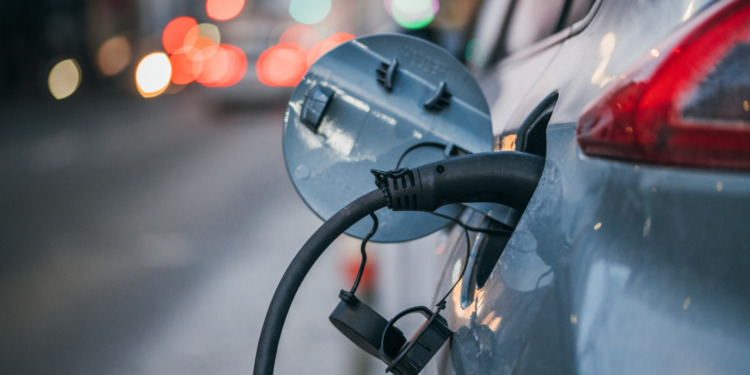The IKEA Foundation has injected $100 million into the Leapfrogging Partnership, a new initiative by the Drive Electric Campaign that aims to propel the adoption of electric vehicles (EVs) in emerging markets.
The funding, described by Reuters as “one of the IKEA Foundation’s largest ever charitable donations,” will be distributed over four years. According to projections by the Drive Electric Campaign, it could avert around 43 gigatons of carbon dioxide equivalent (CO2e) emissions by 2050.
“Road transportation accounts for roughly 15% of energy-related greenhouse gas emissions so if we are serious about a global transition towards 1.5 degrees of global warming then we cannot reduce emissions without it,” said Edgar van de Brug, the Foundation’s portfolio manager for the real economy.
The Drive Electric Campaign, which works with the European Climate Foundation, has “already accelerated progress toward 100% clean transportation with work in over 65 countries,” the campaign website says. Its new Leapfrogging Partnership targets regions across Africa, Latin America, and Southeast Asia, where burgeoning economies are poised to drive significant growth in automotive demand by 2050.
“Most of the growth in vehicle demand is expected to occur in emerging economies by 2050, and the next several years present an opportunity for emerging markets to ‘leapfrog’ over dirty combustion vehicles to sustainable, zero-emission transportation,” said Rebecca Fisher, Drive Electric’s Program Director. “This new initiative is inspired by a future where the first 2-wheeler or 4-wheeler a family owns is zero-emission, fueled by domestically produced renewable energy.”
As Drive Electric explains, the initiative will “support the next generation of country leaders in zero-emission transportation, encouraging scalable solutions at regional and country levels, and expanding existing global platforms to include public, private, and civil society sector leaders from emerging economies.”
The grant aims to dismantle key barriers hindering EV expansion, including inadequate charging infrastructure and a dearth of supportive policies. By fostering better market conditions, the initiative seeks to unlock both public and private financing, paving the way for widespread EV adoption, van de Brug told Reuters.
Related Articles: A Just Transition to a Zero-carbon World Is Possible. Here’s How. | Europe’s Transition to Electric Vehicles: How It’s Going, and What Lies Ahead | Morningstar Introduces Low Carbon Transition Leaders Indexes | Climate and Energy: Shifting the Trillions, but in the Right Direction | China’s Role in Africa’s Energy Transition: Challenges and Opportunities
Building upon successes in nations like India, where last-mile delivery electrification has surged, van de Brug underlined the broader economic advantages of EVs: not only do they slash greenhouse gas emissions and enhance air quality, but they also drive battery innovation, cost reduction, and storage capacity improvements.
Rebecca Fisher, Director of the Drive Electric Program, echoed this sentiment, highlighting the tangible societal benefits ranging from cost savings for delivery drivers to cleaner air for public transit workers:
“We know that communities are already experiencing the benefits of e-mobility, from delivery drivers saving money on fuel to public transit workers breathing cleaner air […] Now is the time to supercharge the momentum of EV innovation with ambitious public policy, business leadership, and strong partnerships.”










